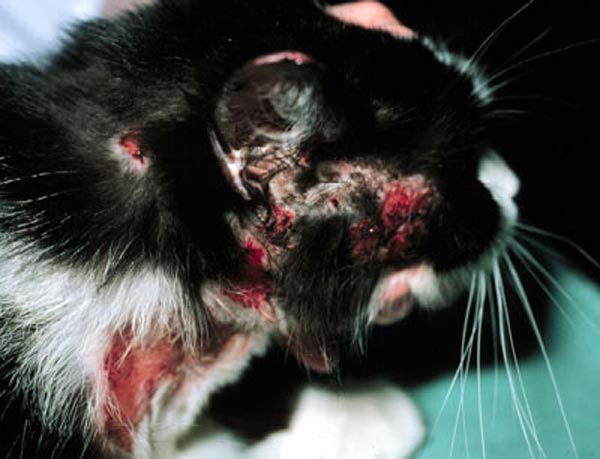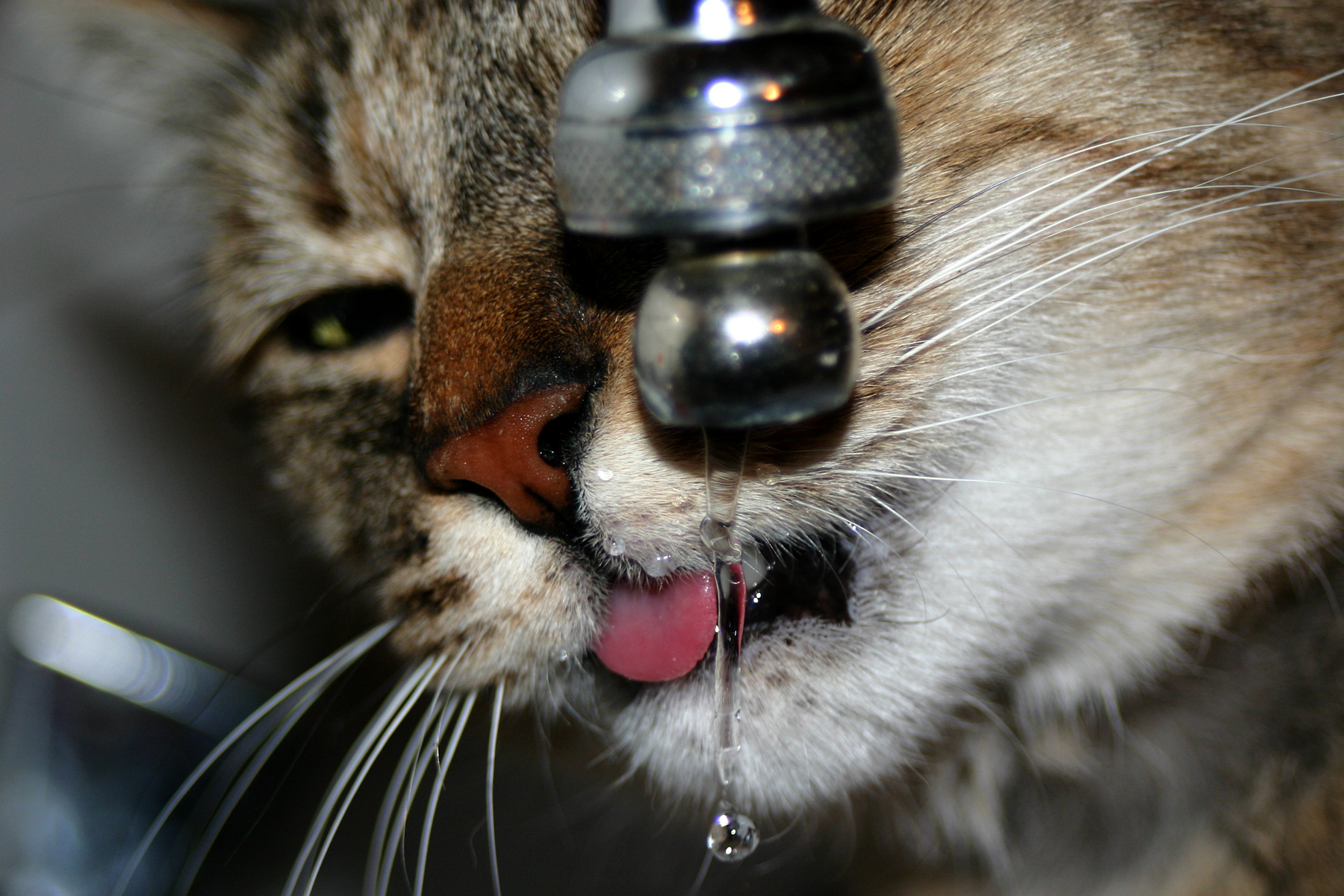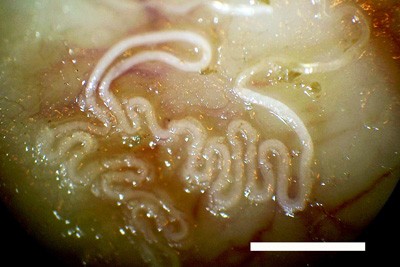Tag: cat
-

Immunotherapy in cats
—
by
Although “off-licence”, immunotherapy is well worth considering in our pruritic feline friends. Of course we need to rule out all other causes of pruritus first: Ectoparasites: As well as all the usual suspects, don’t forget Demodex can occasionally cause ventral alopecia and pruritus (that’s the funny flat form, not the cigar shaped one). Food allergies:…
-

Don’t talk to clients about free T4 evaluations
—
by
We recently had an elderly cat that presented with typical signs of hyperthyroidism. However, as is sometimes the case, total T4 proved stubbornly normal on two estimations a couple of weeks apart. So we suggested it would be a good idea to send a blood to the lab for free T4 estimation – and you…
-
Judging the severity of heart murmurs in cats
—
by
It is harder to correlate the grade of a heart murmur with the severity of the underlying heart problem in cats than it is in dogs. Some quite loud murmurs may occur with relatively small defects. It is sensible to assess the patient for clinical signs that would suggest an underlying problem (e.g. lethargy, abnormal breathing…
-
Mouth rinses for cats
—
by
Most effective are the chlorhexidine based rinses. Chlorhexidine gluconate is an antiseptic which reduces inflammation and bleeding of the gums and freshens the breath. It has no known side effects. Chlorhexidine acetate is antibacterial, but there are some reports of staining of the teeth after prolonged usage. Rinses may also help reduce plaque and calculus…
-

Phosphate levels in chronic kidney disease
—
by
The overall aim is to maintain the phosphate concentration in the lower end of normal range: <1.45mmol/l. IRIS (International Renal Interest Society) specify exact targets for each stage of CKD (two months post-start of treatment). CKD Stage 1: 0.81-1.20 CKD Stage 2: 0.81-1.45 CKD Stage 3: 0.81-1.61 CKD Stage 4: 0.81-1.94 For all cats with CKD,…
-

Lungworm in cats
—
by
Capillaria aerophila and Aelurostrongylus abstrusus are two of those most commonly found lungworm in cats. Cats become infected with lungworm when they drink water or eat prey infected with the larval stage of the worm. The larvae migrate out of the intestines via the bloodstream to the lungs, where they develop into adult worms and…
-
The VN status debate
—
by
I am currently stuck at home with a bad back, so I’ve had plenty of time to read a debate on Vet Nurse about the list for veterinary nurses being phased out in favour of the RCVS Register of Veterinary Nurses. It is an emotive topic and members of this forum seem to be showing…
-
Using PDS to “wire” mandibular symphyseal fractures in cats
—
by
We have now started to use Polydioxanone (PDS) to stabilise symphyseal fractures in cats. We use 4 metric PDS passed under the mandible and around the canines in a figure of 8. In uncomplicated fractures, we have found this to be really effective and the fracture will heal within four to six weeks. If, like…
-
The view from the other side
—
by
A recent weekend at home comprised a much-needed rest and time spent with my family – which, of course, includes the animals. Tom, my moggie farm-born cat (who is far more scared of any potential prey than it would be of him, so doesn’t really live up to his farm origins), has an allergic skin condition that usually…
-

The uncaring profession?
—
by
Outside my professional life I am a member of a dog walking group. However, as Hollie can’t actually walk that far, we usually meet fellow members and join in for about 20 minutes before retiring to a cafe to await their return. It’s a nice, mixed bunch, and we use social media to keep everyone…